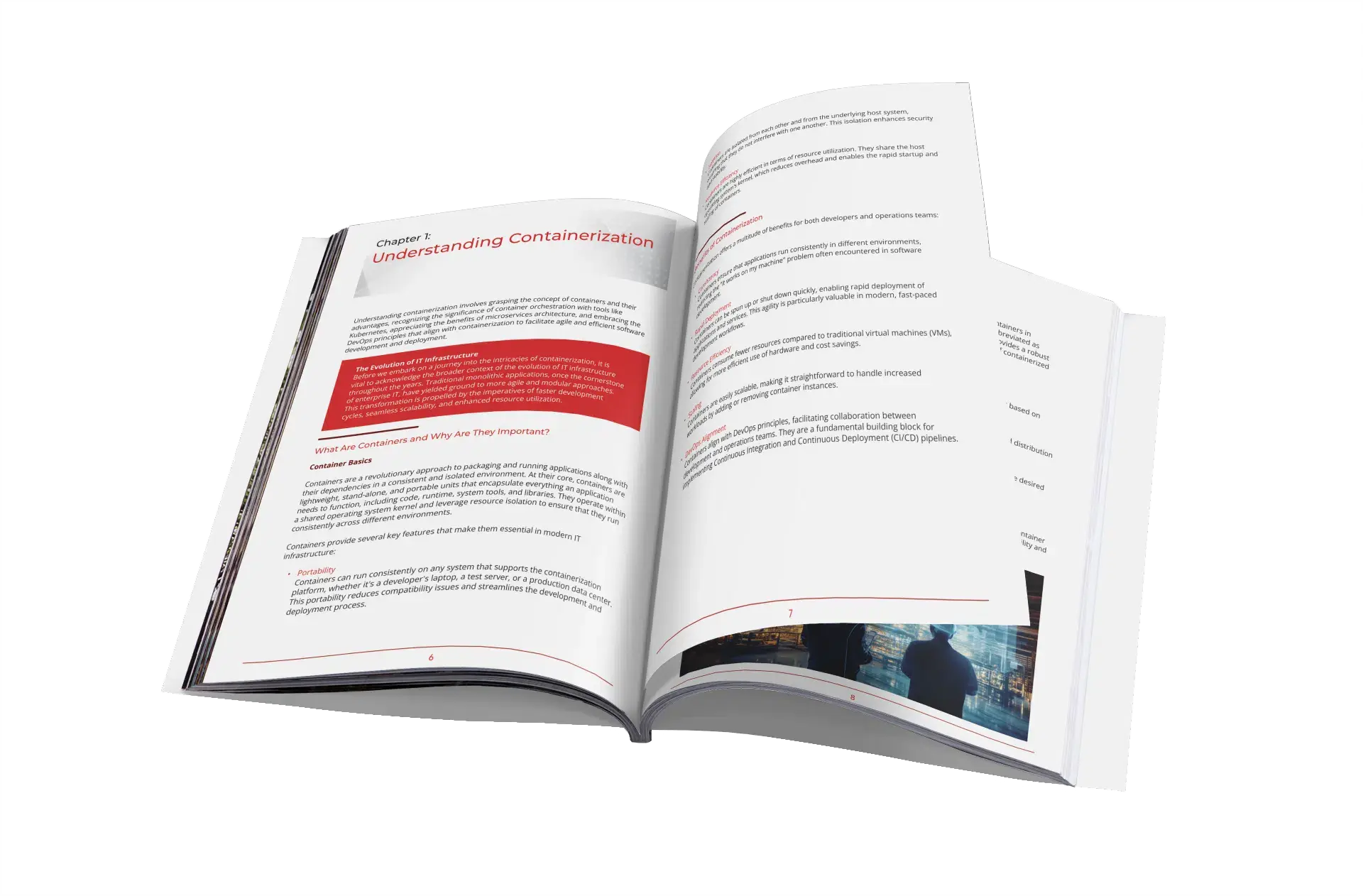




In today’s fast-moving tech landscape, organizations are looking to optimize operations, reduce costs, and boost efficiency. For many, that means evaluating how to migrate VMware workloads to more efficient, cost-effective platforms.
Broadcom’s acquisition of VMware has prompted enterprises to reassess virtualization strategies and explore alternatives such as Red Hat OpenShift Virtualization, which can deliver both savings and operational gains.
See how OpenShift on VMware compares with a full shift to Red Hat OpenShift Virtualization, and why a VMware-to-OpenShift migration is a forward-looking choice. Whether you’re simply comparing VMware vs. OpenShift or preparing to embrace containers, you’ll find the key considerations to successfully migrate VMware systems.
Embrace the future of virtualization with Red Hat OpenShift and discover how your organization can transition smoothly from VMware to OpenShift Virtualization.

OpenShift Virtualization
Built for enterprise IT, our solution consolidates legacy and containerized workloads, reducing infrastructure management costs by 40% and accelerating VM migration by 60% within 90 days.
Get your guide to migrating from VMware to OpenShift Virtualization

-
Seamless Migration & Integration
Discover how migrating from VMware to OpenShift allows for a seamless integration of virtual machines and containers, offering flexibility to deploy in the cloud or on- premises, complementing your existing infrastructure regardless of underlying OS. -
Cost-Saving Potential
Gain insights into the cost-saving potential and performance optimizations achievable with OpenShift Virtualization, compared to traditional VMware setups. -
Enhance Security & Scalability
Explore the security and scalability enhancements that come with OpenShift, preparing your organization for future technological advancements while maintaining current systems. -
How Crossvale™ PodOps℠ can help
Explore how PodOps by Crossvale, featuring round-the-clock proactive dynamic tuning and immediate assurance for critical workloads, streamlines the process of operational onboarding, boosts confidence in platform stability, and elevates workload performance.
The Time for Action is NOW
Today’s challenges and opportunities require immediate, strategic decisions. Any delay could lead to missed opportunities and more complicated issues down the line. Choosing the right solution at the right time is crucial, and Crossvale™ is here to guide you every step of the way.
Book a discovery session to explore how Crossvale™ can help you achieve the best possible outcomes.
What are the benefits of migrating from VMware to Red Hat OpenShift?
Migrating from VMware to Red Hat OpenShift offers several advantages, including reduced operational costs, increased scalability through containerization, and enhanced resource utilization. OpenShift’s modern infrastructure is more flexible, making it easier to manage cloud-native applications and containers compared to traditional virtual machines.
How does OpenShift Virtualization compare to VMware?
OpenShift Virtualization vs VMware brings out key differences. OpenShift focuses on containers and cloud-native applications, providing a more scalable and flexible environment. VMware, while excellent for virtual machines, lacks the advanced container management capabilities of OpenShift, which is designed for hybrid cloud and modern applications.
What is the process to migrate VMware to OpenShift?
Red Hat OpenShift vs VMware comes down to your business goals. If you’re looking to modernize your infrastructure and adopt cloud-native solutions, OpenShift offers better container management and integration with modern development tools. VMware is a strong virtual machine platform, but it may not provide the same level of flexibility or cost efficiency in a cloud-native environment.
Why should I choose Red Hat OpenShift over VMware?
The cost of Maximo OpenShift migration depends on factors such as data volume, migration complexity, and whether you opt for a public cloud or private data center deployment. Contact us for a customised migration cost estimate
What challenges should I expect during a VMware to OpenShift migration?
Some challenges during a VMware to OpenShift migration may include compatibility issues, data transfer complexities, and ensuring minimal disruption to business operations. However, with proper planning and expert guidance, these challenges can be mitigated, resulting in a smooth and successful migration.
Is OpenShift more cost-effective than VMware?
Yes, in many cases, OpenShift can be more cost-effective than VMware, particularly when managing containerized applications. OpenShift’s automation and orchestration features help optimize resource usage, reducing the overhead associated with virtual machines in VMware environments.
How long does it take to migrate VMware to OpenShift?
The time it takes to migrate VMware to OpenShift depends on the complexity and size of your environment. Talk to Crossvale today to explore your options.
Can I use both VMware and OpenShift together in a hybrid environment?
Yes, you can use VMware and OpenShift together in a hybrid cloud environment. Many businesses start with VMware and gradually introduce OpenShift to modernize their applications and infrastructure, combining the strengths of both platforms.
Let’s grab a virtual coffee ☕️
Crossvale and Red Hat may use your personal data to inform you about their products, services, and events. Please see: Red Hat’s Privacy Statement | Crossvale’s privacy policy.
